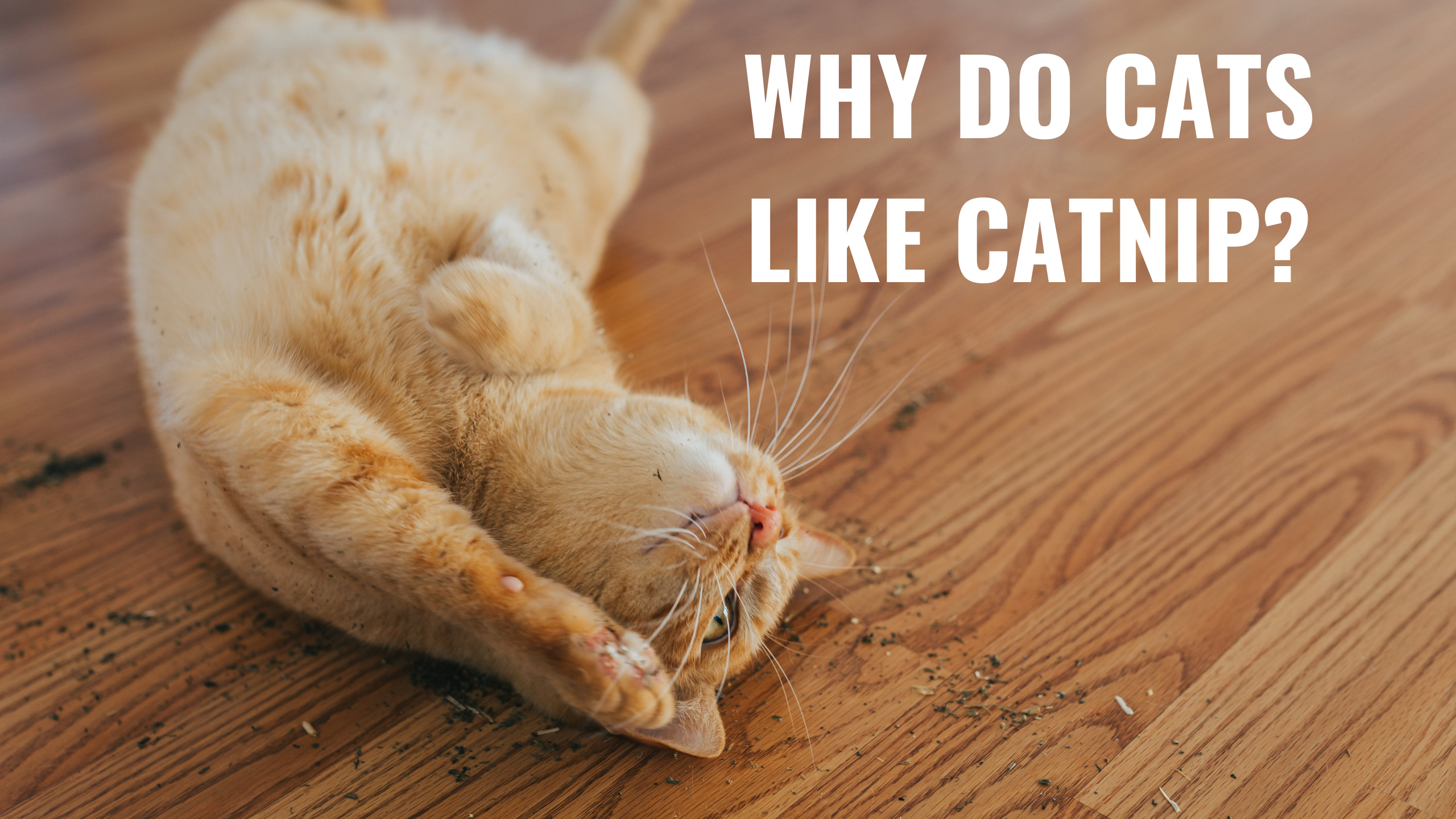
Why do cats like catnip?
Why do cats like catnip?
Catnip is a common herb that brings joy to both the cats consuming it, and the humans delighting in their hilarious behaviour. We know that many of our furry friends love it, but why (or why not)?
What is catnip?
Catnip is a perennial herb that belongs to the same family of herbs as rosemary, oregano, and basil.
Catnip can cause your cat to chill out or act pretty nuts, though it’s hard to tell which until you see them on it a couple times.
It typically provokes an entertaining reaction that can include drooling, rolling around, and more.
How does catnip work?
In catnip’s leaves and flowers, there is a compound called nepetalactone. It binds to special receptors in cats’ noses called the vomeronasal organ, which is really sensitive to pheromones and other scents.
There are other parts of catnip that can affect neurotransmitters in cats, thereby affecting a cat’s central nervous system as well. This is why we see other behaviours such as playfulness or agitation in a cat exposed to catnip.
Typically catnip leads to a reaction that includes sniffing, eating, rolling around, licking, as well as rubbing their face and body in the catnip.
They might also drool, jump or stretch, and some cats react with hyperactivity and even aggression.
Cats will normally experience a catnip 'high' for up to 10 minutes, and then will be immune to catnip for the following half an hour.
Do all cats like catnip?
The short answer is no. Roughly 30% of cats don’t have the genes that make them susceptible to catnip, which is why Fluffy might turn up her nose whenever you try to give her some.
These genes are hereditary, so if your cat doesn’t seem interested in catnip, it’s likely their parents and siblings would have the same reaction.
Some cats can be exceptions to this rule, as they will slowly increase their sensitivity over the years.
Additionally, most kittens won’t react to catnip until they are 3- 6 months old.
Is catnip bad for cats?
No it is not! Although catnip, silvervine, and similar alternatives impact cats’ behaviour, it’s usually for the best.
None of these products are addictive in any way because they are not metabolized; it’s impossible to overdose or experience withdrawal and their effects are not long-lasting.
However, too much could possibly cause some nausea, so make sure you’re not overdoing it with how much you give them.
Is catnip safe to eat?
Yes it is safe if eaten, however most cats won't really eat it since they are mainly attracted to its smell. If they eat a large amount they might have a little bit of tummy upset.
How to give your cat catnip
Catnip is available in multiple forms to suit your needs. You can give your cat fresh catnip leaves (try growing it yourself!). You can purchase containers of dried catnip that you can put inside toys, sprinkle on the floor or on your cat's furniture. You can even find bottles of catnip spray made from concentrated catnip oil!
But the most popular way to give your kitty some catnip is with catnip toys. We love this Li'l Avocato Dental Toy and these monster style Catnip Pet Plush toys.
Does catnip affect humans?
Traditionally, catnip has been used by humans as a natural medicine for relief from cramps and stomachaches, or as a sleep aid and mild sedative. It has even been brewed into teas to supposedly calm its drinker.
We’ll often see our cats looking a little calmer once they have finished rolling around in catnip, so this all makes sense. But because we don’t have those same receptors in our noses, we don’t react nearly as powerfully as cats do!
Surprisingly, the catnip plant only produces nepetalactone because it wants to make itself taste horrible to insects and not because it wants to attract cats. This means it makes a pretty good insect repellant too.
In conclusion
Catnip is one of the most simple and entertaining things you can give your kitty. Regardless of which product you use and whether it’s in a toy or as a loose product, your cats will love you for their gift.
Check out our list of the 10 best catnip toys here!
